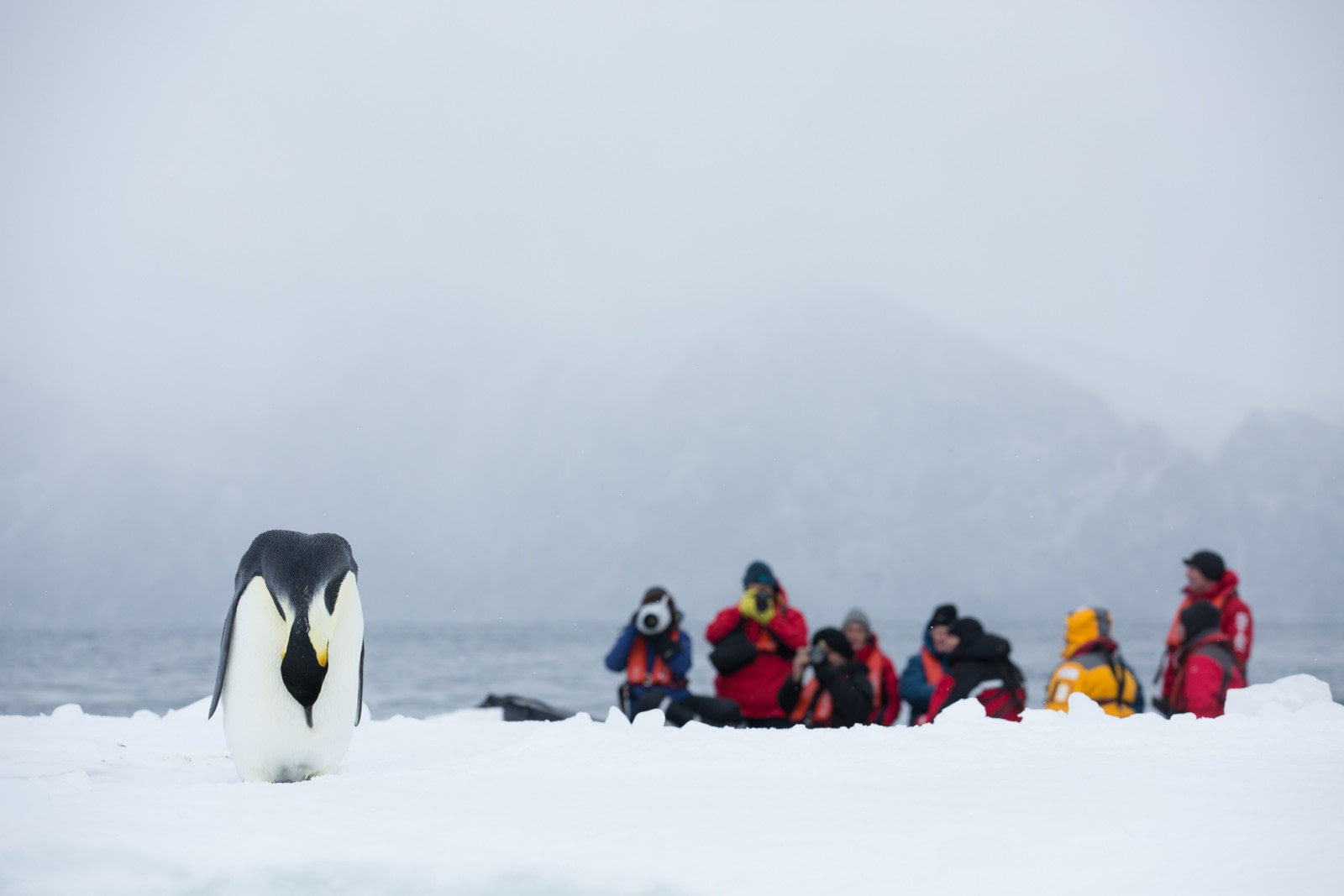In our search for lesser-known holiday spots that still offer fully developed amenities like spas and gift shops, we often miss out on some of the planet's truly underrated treasures.
One such treasure is the Ross Sea, a vast expanse of over 600,000 square km (246,000 square miles) of ice-filled bay that even many dedicated polar enthusiasts rarely visit.
Situated between Antarctica’s Victoria Land and Marie Byrd Land, the Ross Sea is one of the least-visited polar regions in the world. Its isolation, harsh weather, and months of unbroken ice make it a less common destination among Antarctic travelers.
However, this shouldn't deter you from exploring it. Here are five compelling reasons to visit the Ross Sea.

1. Ross Sea wildlife is among Antarctica’s most abundant
If iconic penguin species like emperors and Adélies aren't enough to entice you, consider the other wildlife in the Ross Sea: orcas, minke whales, Weddell and leopard seals, petrels, skuas, and countless other seabirds.
With 1,000 invertebrate species, 95 fish species, and 10 mammal species, the Ross Sea offers a rich array of wildlife that will leave you in awe.
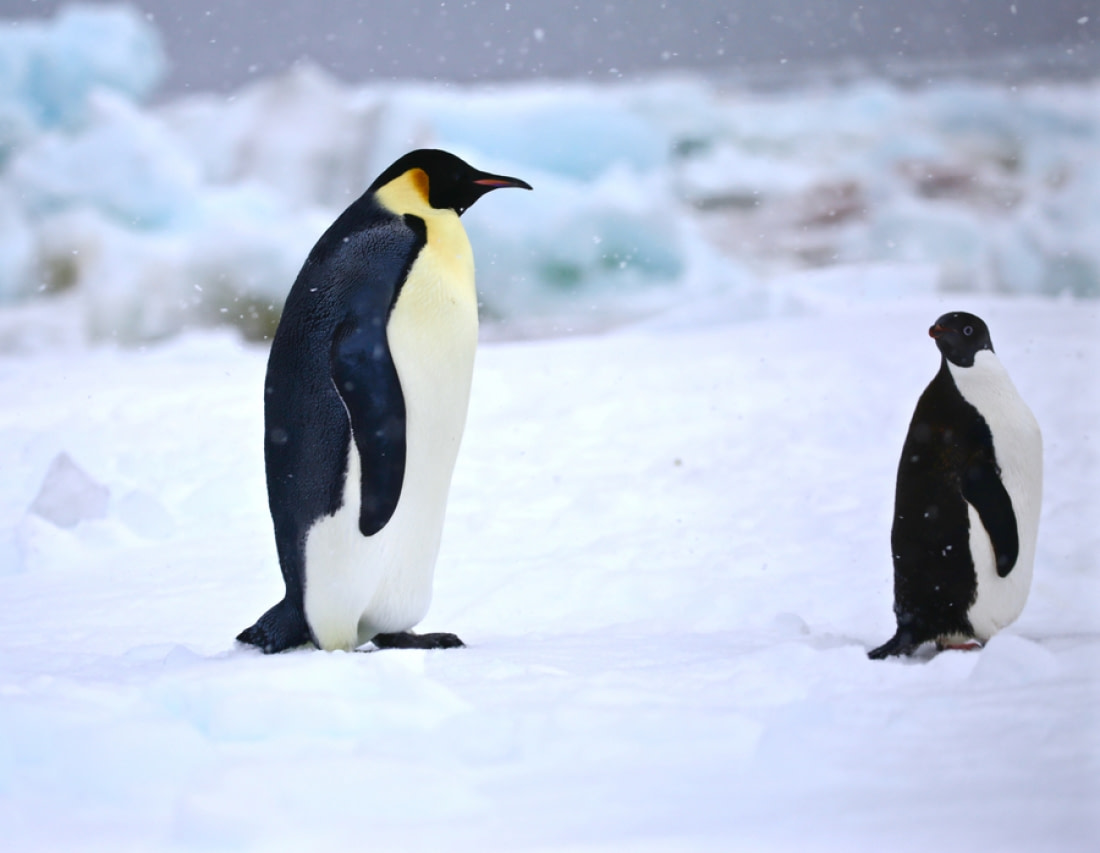
2. The Ross Ice Shelf is the largest ice formation of its kind
The Ross Ice Shelf spans 500,809 square km (193,363 square miles), making it comparable in size to some large countries like France, but with far less human traffic.
This ice shelf is several hundred meters thick, with about 90 percent of its mass hidden below the water's surface. On a Ross Sea cruise, you'll witness the impressive ice front, which stretches over 600 km (370 miles) and rises 15 to 50 meters (50 to 160 feet) above the sea.
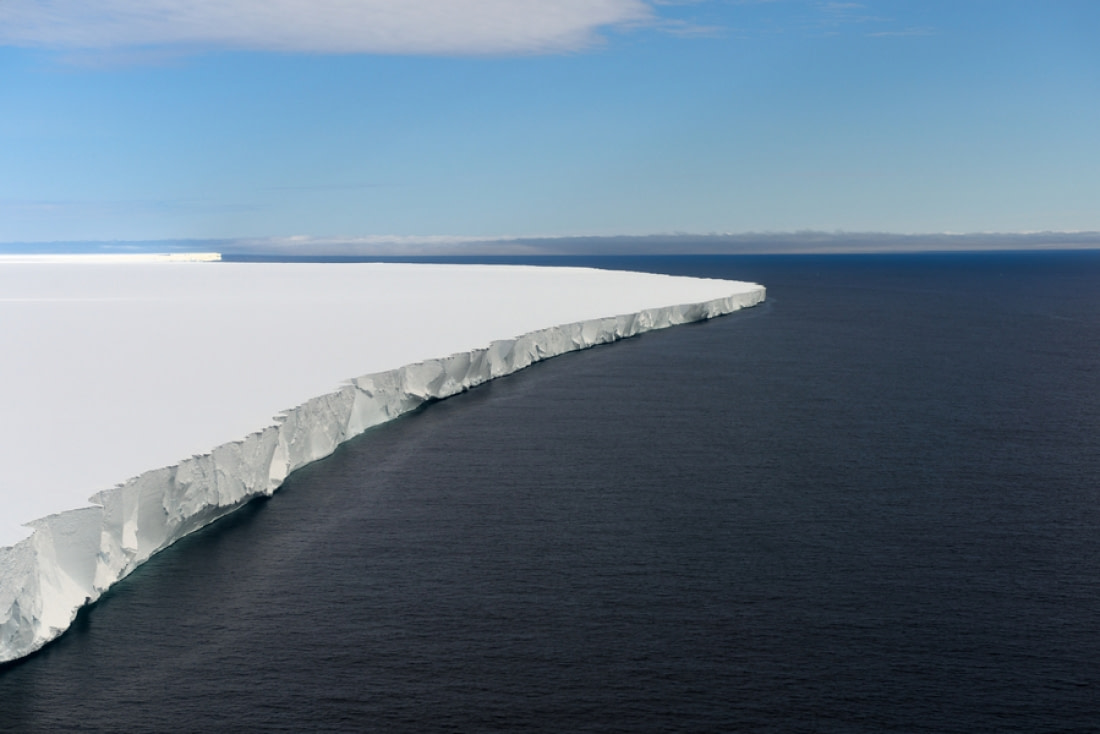
3. Some of the world’s greatest expeditions took place in the Ross Sea
Legendary explorers like Shackleton, Scott, and Borchgrevink undertook some of their most daring expeditions in the Ross Sea.
Three huts built by these explorers to survive the harsh Antarctic winters still stand as silent witnesses to their trials. You can visit these historic huts on your Ross Sea voyage, as the route is partially designed around them.
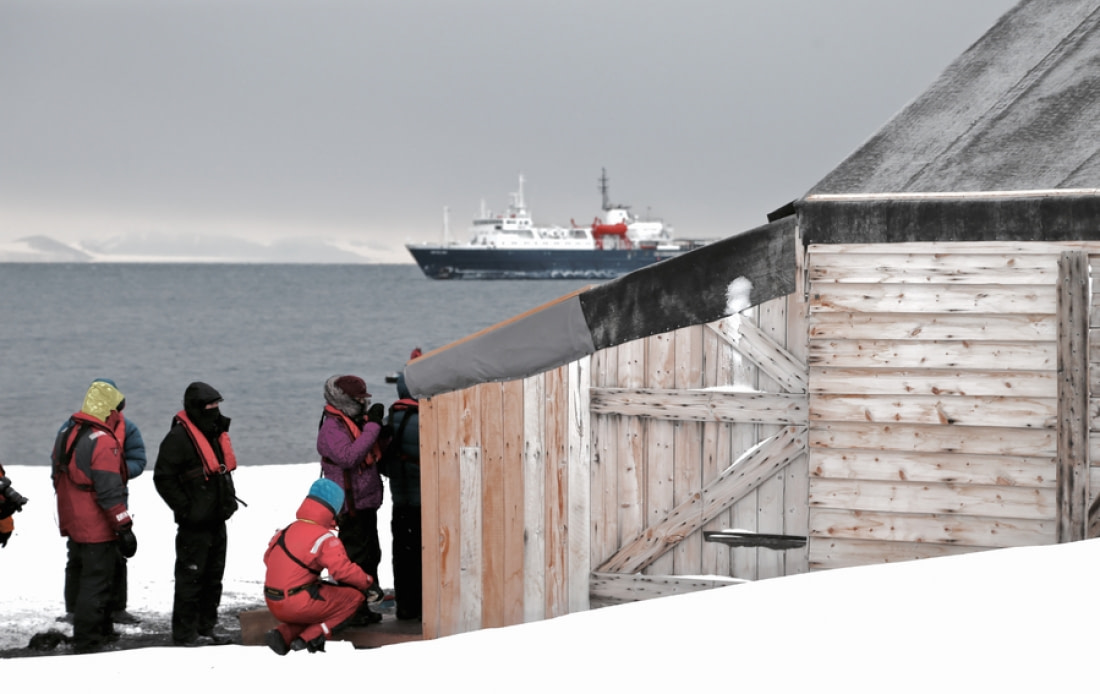
4. The Ross Sea has the southernmost active volcano on the planet
Even if you're not a volcano enthusiast, visiting the world's southernmost active volcano, Mount Erebus, is a unique experience.
Mount Erebus is the second-tallest volcano in Antarctica, standing at 3,794 meters (12,448 feet), and the sixth-highest mountain on the continent. It has been active for about 1.3 million years, making it a fascinating geological feature.
That's a long lifespan for a volcano that continuously erupts with flaming magma from deep within the Earth's crust.
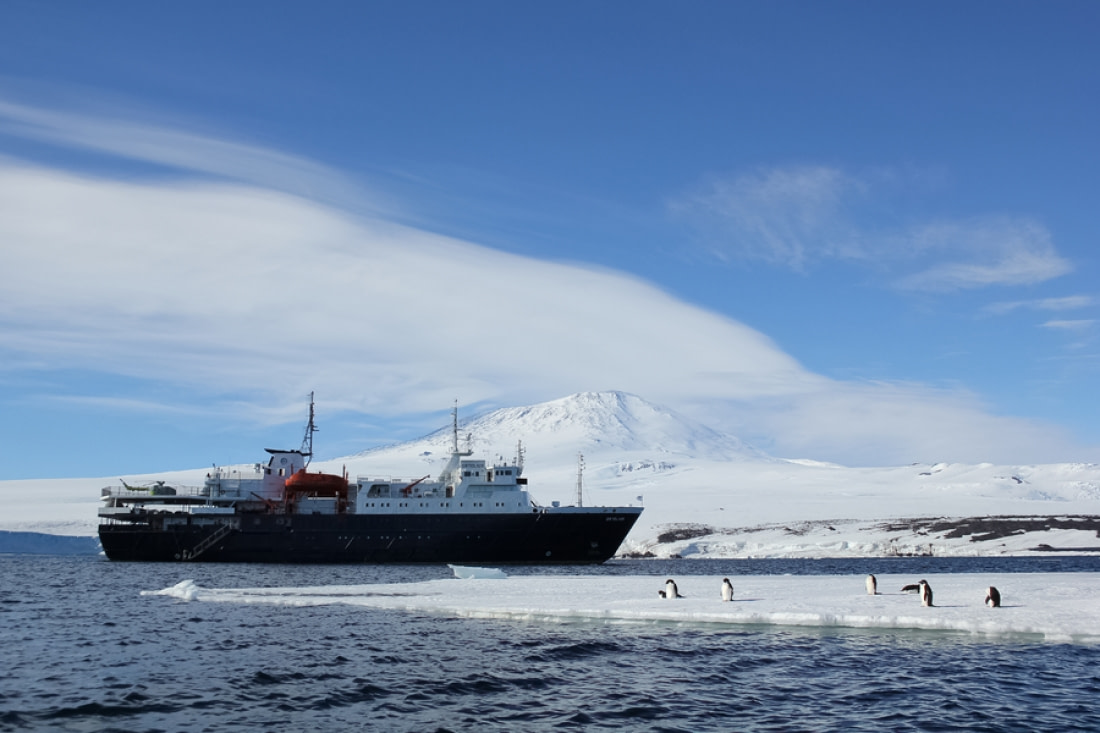
5. Earth’s second-largest marine reserve is in the Ross Sea
The Ross Sea is home to the world's second-largest marine reserve, a testament to its ecological importance.
In 2016, the Commission for the Conservation of Antarctic Marine Living Resources (CCAMLR) successfully established marine protection for the Ross Sea after years of effort.
This protection is crucial not only for preserving the area's rich biodiversity but also because the Ross Sea remains largely untouched by human activity. Its pristine beauty and ecological significance make it a must-visit destination.
Bonus reason: helicopters
Did we mention the helicopters? Yes, you can also experience the Ross Sea from above, soaring over its snowy expanses in a helicopter. While we have our own theories about how amazing this is, we'll let you decide for yourself.
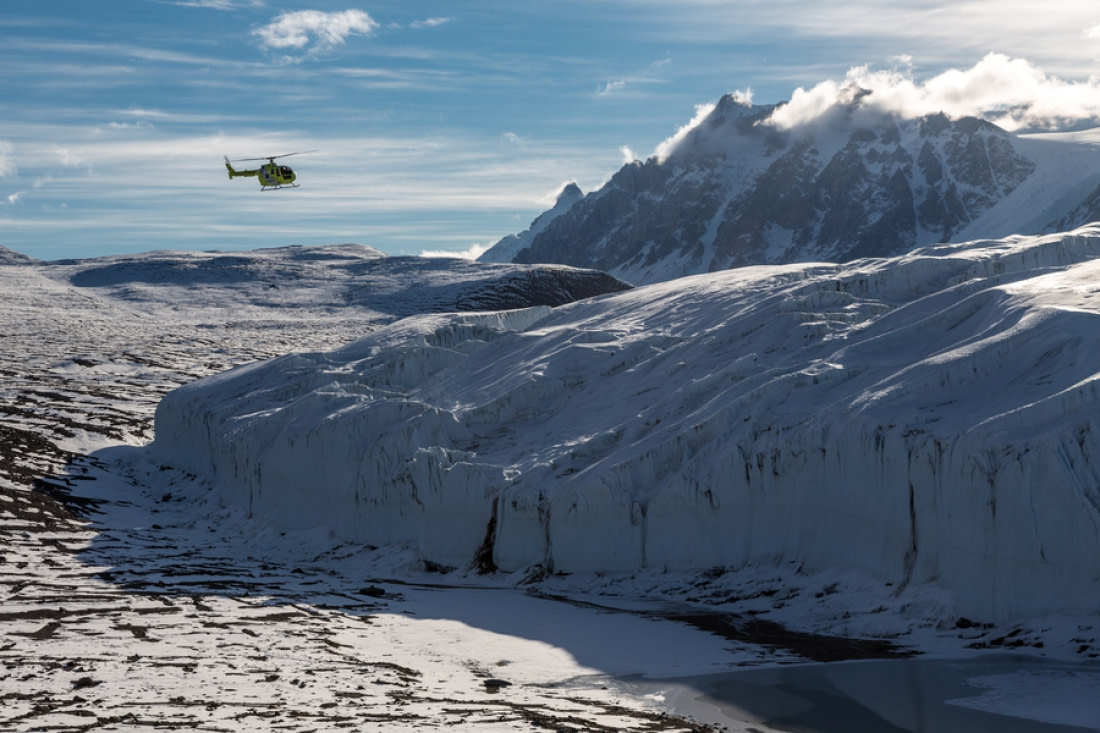
Blog


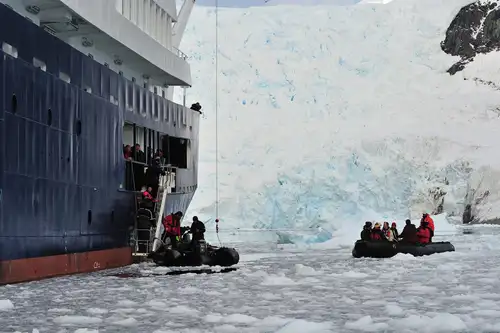
Seven Sublime Antarctic Bays
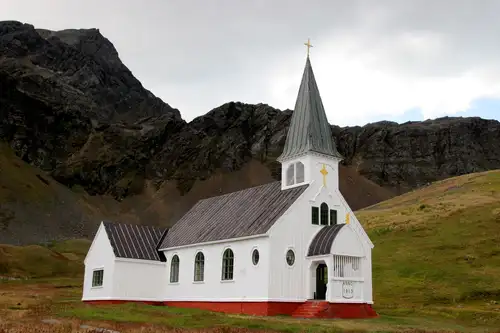
Churches in Antarctica
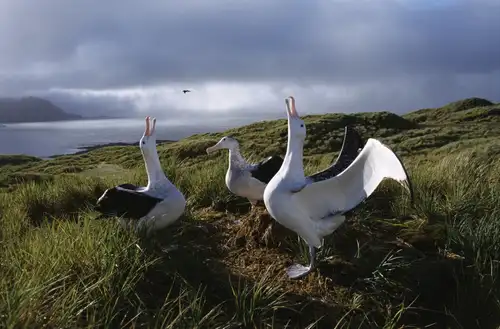
Albatross, penguin and krill research in Antarctica
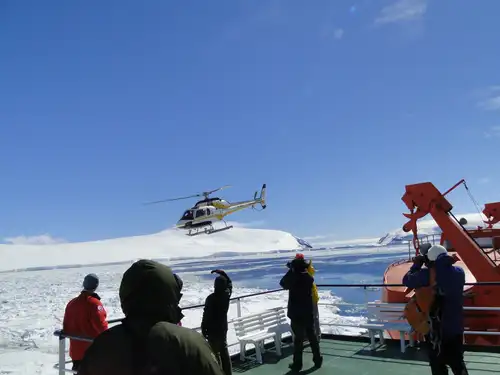
The Wonderful Weddell Sea: Places, Pics, and Impressions
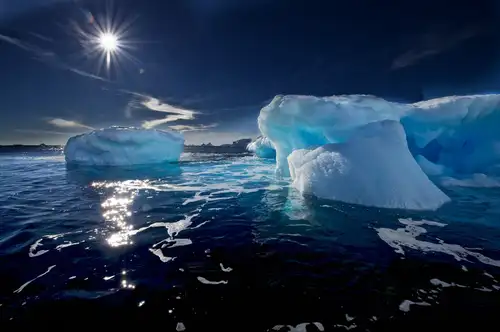
Everything you need to know about Antarctic icebergs
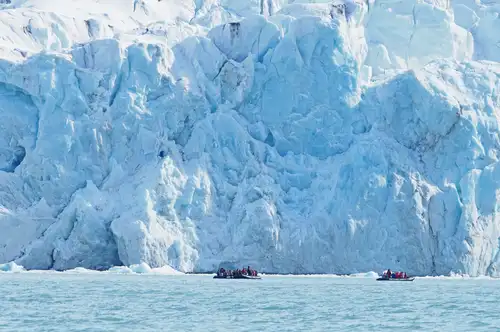
Get to Know Your Ice
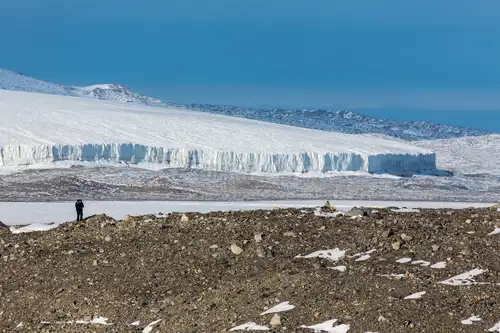
The Secret Life of Glaciers: How They Form, Move, and Melt

Penguins, Albatrosses, Petrels: The Winged Wildlife of South Georgia

Shackleton’s Push to the South Pole
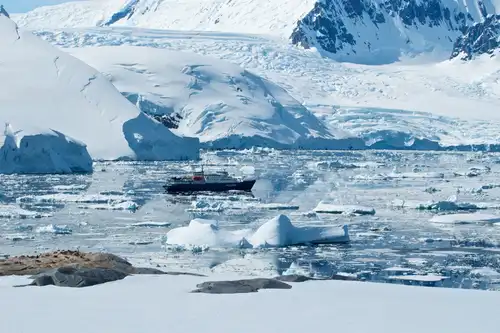
10 Books and Films To Prepare for your Antarctica cruise
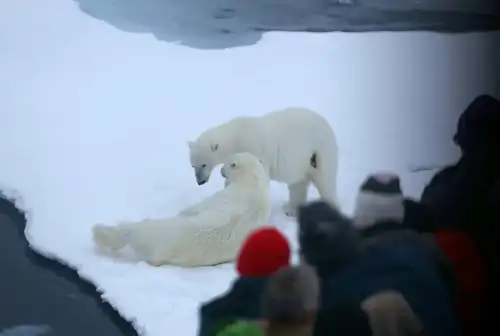
The Pack Ice and Polar Bears of North Spitsbergen
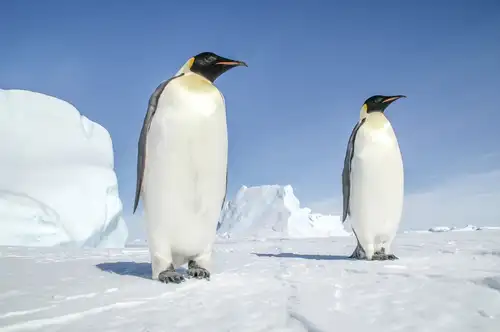
Antarctic Icon: 44 Facts About the Emperor Penguin
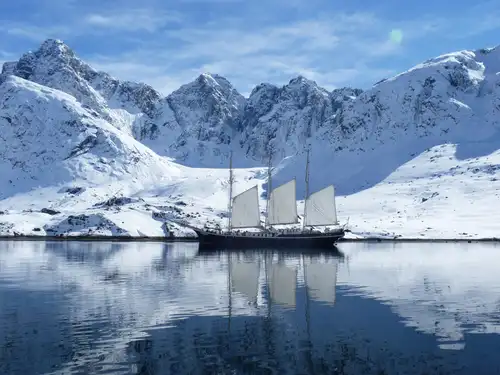
Why You Should Visit Greenland: 11 Things to See, Do, and Explore
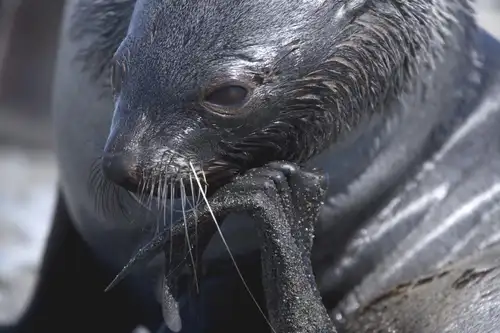
Coming Back from the Brink: The Fur Seals of Antarctica
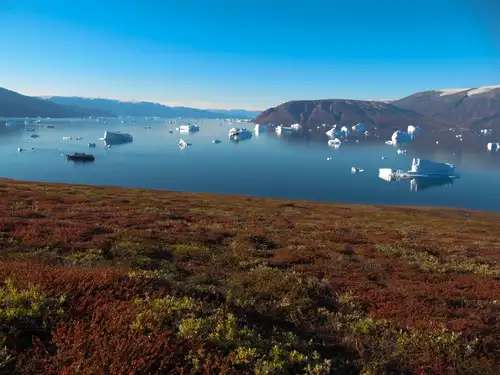
Northeast Greenland National Park
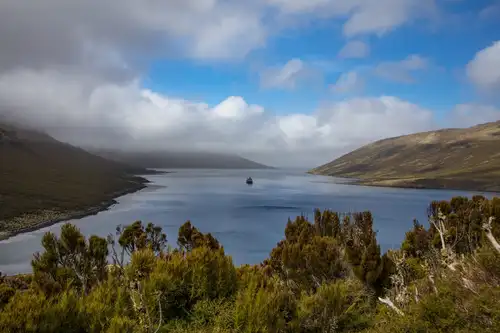
Visiting the Nearly Unknown: New Zealand’s Campbell Island
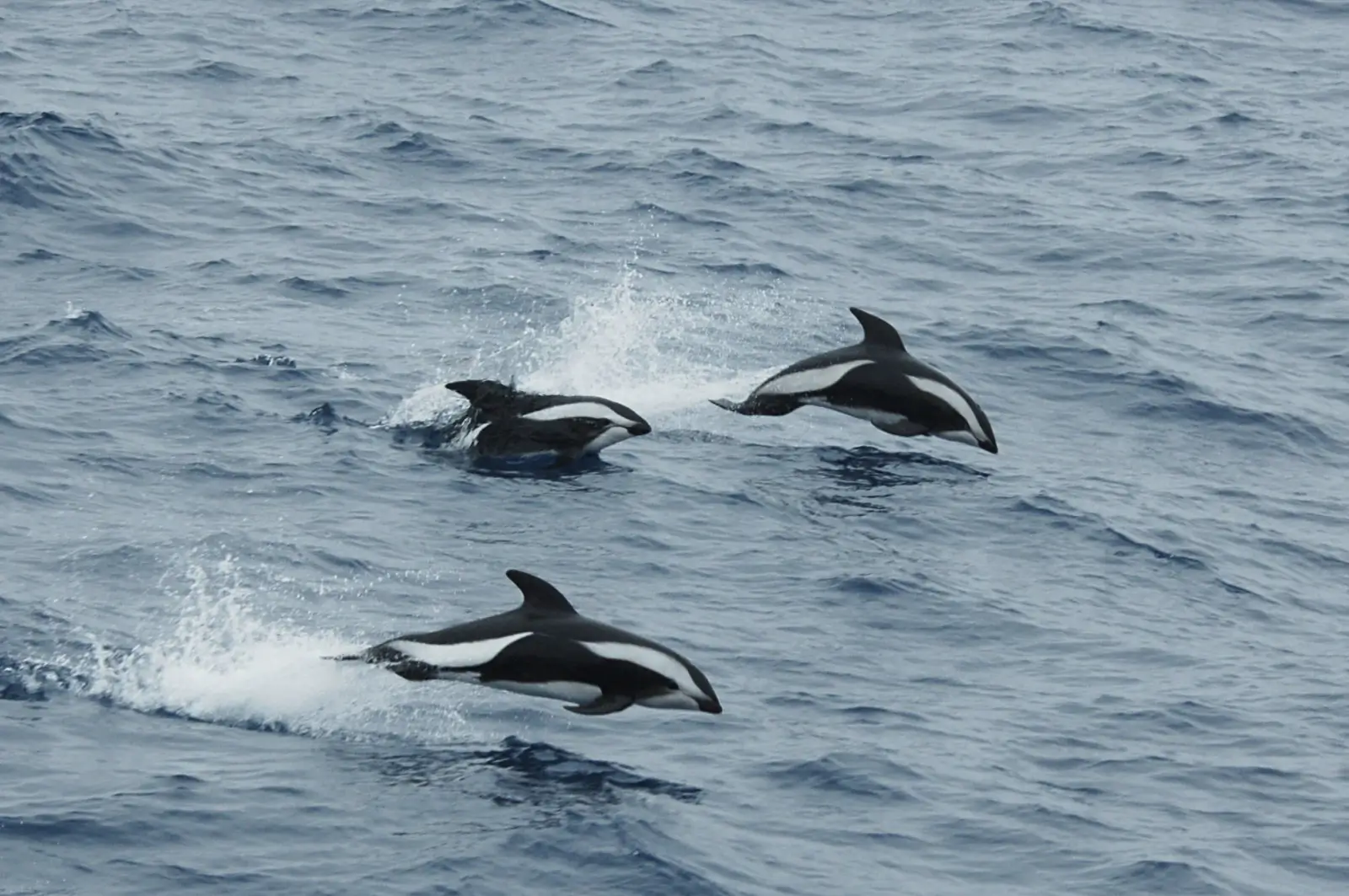
Antarctica’s Hourglass Dolphin
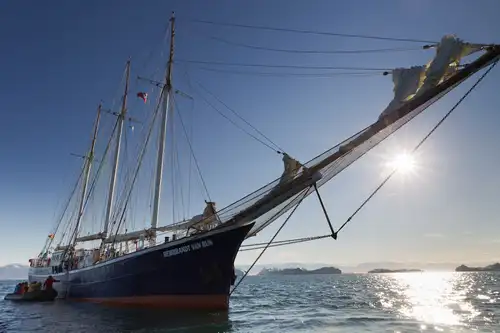
Ancient Arctic Exploration
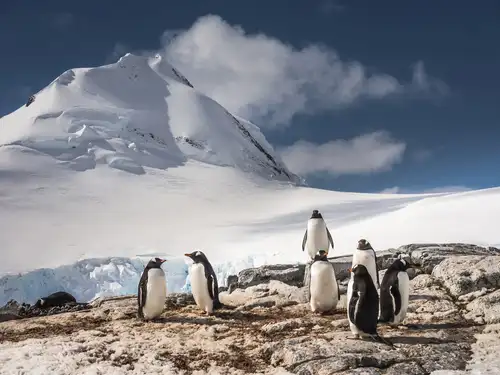
Antarctica Cities (and Five Other Things That Don’t Exist There)




